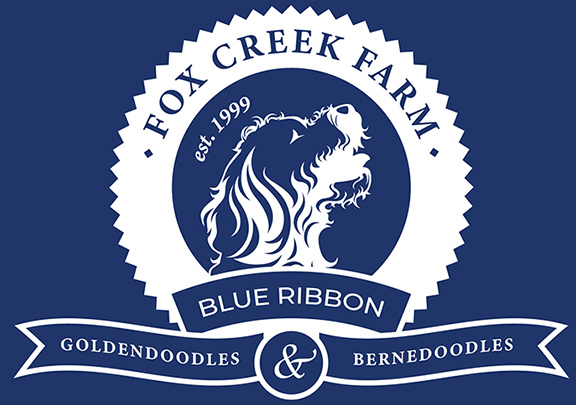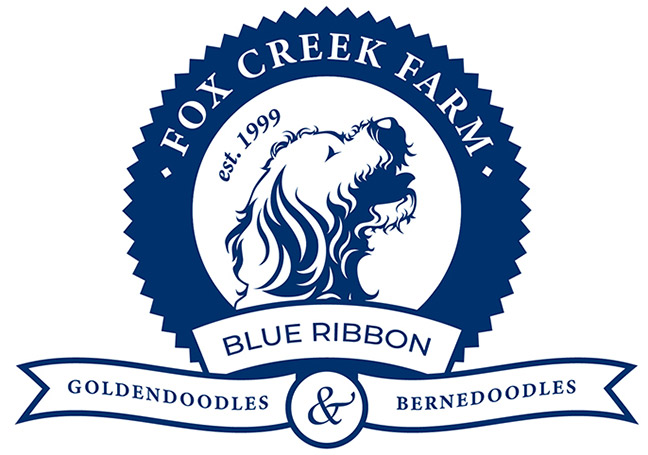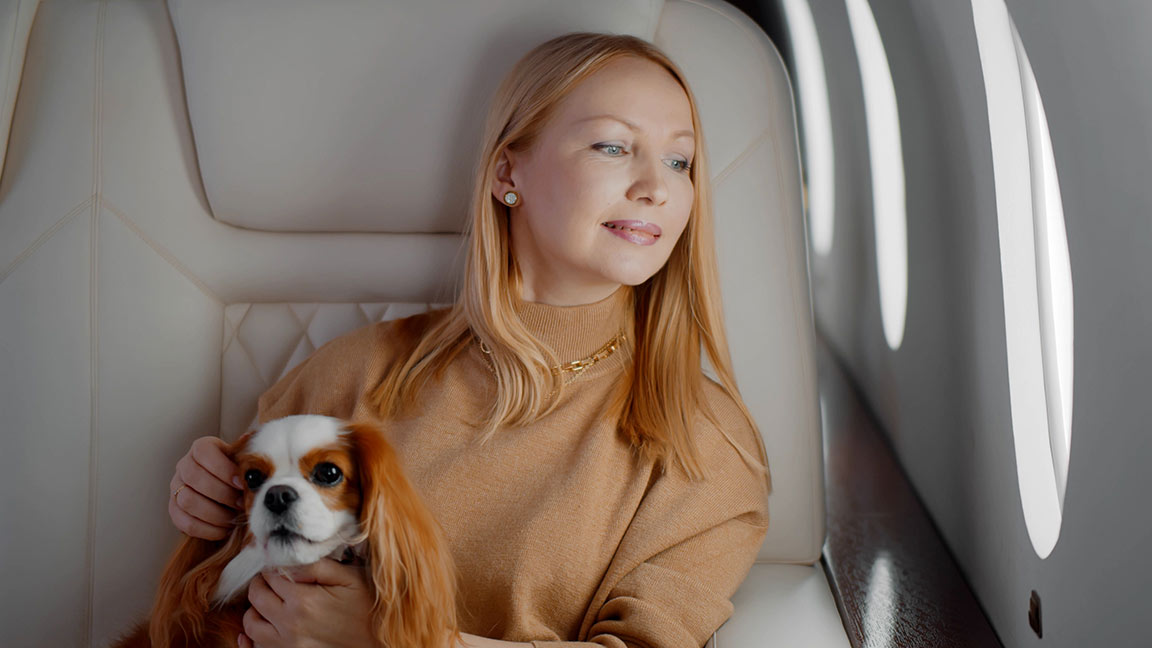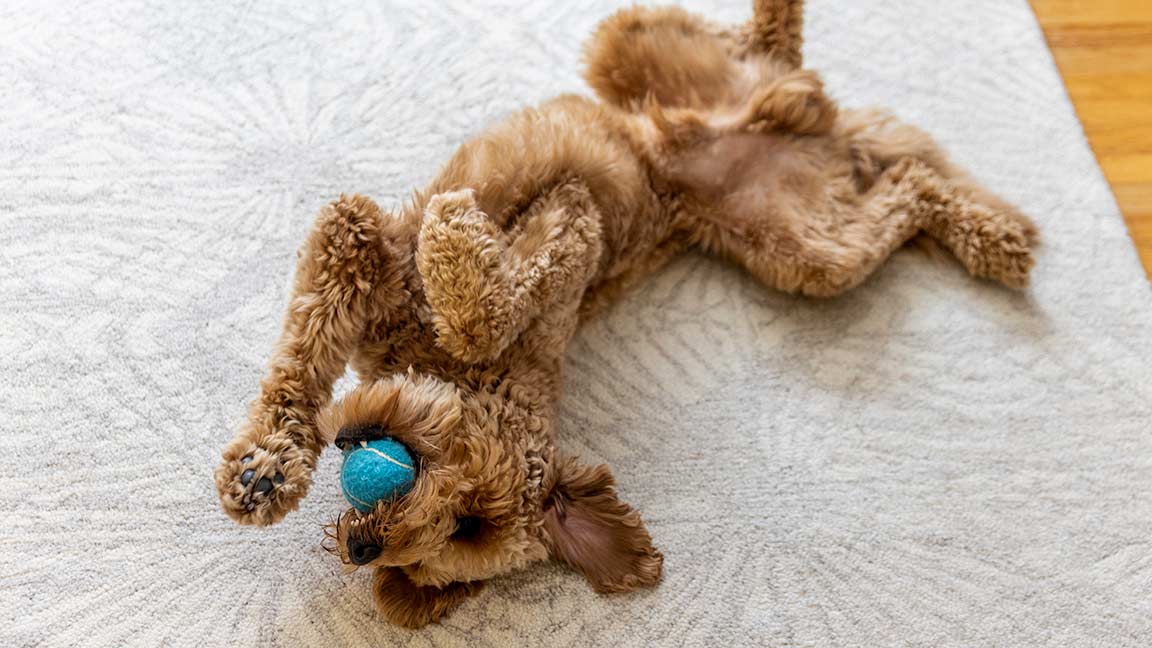
The Ultimate Puppy Proofing Guide and Checklist
Taking on the role of a fur parent will surely be one of your most exciting journeys and it doesn’t have to come with chaos and emergencies. Taking proper precautions will allow your puppy to have limited freedom to explore, exercise, and entertain himself without putting himself in danger.
Creating a safe environment so he can play and explore without risk of harm will give him peace of mind, and avoid hazardous situations, expensive vet bills, and heartache. You can never be too careful when ensuring your puppy’s safety as he is, after all, your new child.
Puppy-proofing your home is essential and must be done thoroughly so your home can accommodate your puppy’s curiosity. Even though it is important to try, you can’t focus on every move your puppy makes. Therefore, adding an extra layer of protection can very well prevent a harmful crisis. Of course, when you can’t supervise your puppy, he should be confined to a safe environment which can be his crate, an X-pen, or a baby-gated puppy-proofed room.
What Does it Mean to “Puppy-Proof” Your Home?
Your dog is part of your family now and you must protect him by puppy-proofing your house. You can keep your puppy safe by removing all choking hazards, medications, easily ripped toys, rugs with fringes, plants, open trash cans, purses, and otherwise dangerous situations. A puppy-proof home protects your puppy as much as it protects your belongings.
A home with toddlers typically makes puppy-proofing a fairly minor task to accomplish as child-proofing covers many of the same dangers. However, there are different forms of danger to your puppy that you may not realize as they are not dangers to human children.
In situations where puppy proofing cannot be done simply by moving or removing objects, baby gating off access to that room or only allowing the puppy to be in that room while confined to an x-pen or on a leash may be the safest option.
We have prepared information to assist you in making your home inside and out a safe place for your puppy. This ultimate puppy-proofing guide and checklist will help you prepare for the arrival of your puppy. You can refer back to our indoor and outdoor guides regularly so you have everything fresh in your mind regarding puppy-proofing your home as you add home decor, etc. in the future. Don’t forget to also check out our page on preparing for your new puppy.

Checklist for Puppy-Proofing Indoors
Your puppy will be sharing your home with you for the rest of their life. Thus, teaching them how to interact with everything in your space is your responsibility. Along with teaching them their basic commands, you must allow them to explore with supervision inside without exposing them to danger.
Here are the things you should remember when you puppy-proof indoors:
- Unplug and tie up electrical cords
- Never feed your puppy from the dining table
- Store your cleaning supplies in a secure cabinet
- Store all human and dog medications in a secure cabinet
- Keep toilet lids closed
- Make sure windows and exterior doors are closed and secured
- Remove all choking hazards
- Remove all sharp objects
- Secure your trash cans
- Tie up all vertical blind cords
- Remove all inappropriate human toys
- Training your puppy during its first year should also be a part of your plan, learn more here
Unplug Electrical Cords
Puppies are playful and curious, and they may end up playing with your electrical cords. This may result in burns to the mouth, or worse, electrical shock. These cords must be unplugged, and if possible, placed out of reach when the appliances aren’t used.
You can use sturdy cord covers and resort to deterrent sprays on electric cords, chargers, and power cables. The safest way to prevent any electrical accident is to supervise your puppy and correct the behavior when it manifests so he learns to leave these cords alone as he ages.
Chew toys are also an effective way to distract your puppy and provide an outlet for his chewing tendencies while teething.
Never Feed Your Puppy From The Dining Table or Kitchen Counter
Many human foods may be harmful to your puppy and dogs are highly food motivated. While he may be cute while patiently sitting and waiting for you to feed him during your meal preparation, it is discouraged to feed him human food from the table or counter. He will learn that these places provide food and may become a counter or table surfer.
Store Your Cleaning Supplies in a Safe Place
If your dog consumes cleaning supplies, you are definitely on the way to the emergency clinic for life-saving measures. All cleaning supplies should be kept out of your pup’s reach, preferably in high cabinets secured with childproof latches. These are the same type of latches you would install to keep access away from a human toddler.
You should also ensure that your puppy is far from the area when using these cleaning materials. Some chemical vapors may hurt your fur baby.
Secure Your Medications
Most human medications are not intended for animals. For puppies, accidental consumption usually results in poisoning. As part of puppy-proofing your home, make sure that these medications are well secured, even when in bottles or dispensers. Locking lids and high shelves is the first step.
Secure your medications in cabinets or drawers separate from medications for your puppy and make sure to dispense pills and liquids over a sink or bowl to avoid access to spills.
Keep Toilet Lids Closed
Drinking water from the toilet bowl is never a safe activity. Many homeowners like to put cleaners or disinfectants in their toilets that may be toxic to dogs. Also, there are a lot of bacteria and germs in toilets that should be avoided. To be safe, always keep your toilet lids closed to prevent your dog from developing this habit.
Always Keep Doors and Windows Closed
Your puppy is a bundle of energy and will run around, jump, and check things out nonstop. It’s a reasonable precaution to keep your windows closed because screens can easily be damaged by a puppy. Windows on second floors can include long falls when screens are pushed out or are missing altogether. Making sure doors are latched so your puppy can’t escape is also important.
Moreover, if your windows have blinds, ensure their cords are secured so they don’t get tangled around your puppy’s neck.
Put Choking Hazards Away
Any small items left scattered on the floor or places your puppy can reach are considered a choking hazard and pose a danger to your fur baby. These may include paper clips, rubber bands, coins, buttons, or jewelry pieces. This also includes toys such as marbles, Barbie shoes, etc. that may be lost under a child’s bed. General cleanup is a big part of a safe environment.
Moreover, electronic toys, remote controls, or other devices with batteries should be placed in cabinets or anywhere out of reach. Aside from these devices being easily disassembled, the batteries are more dangerous since they can burn the soft tissue inside your pup’s esophagus and introduce toxins into their bodies.
Put Sharp Objects Away
This one is very obvious, but sometimes owners aren’t aware of things such as knitting needles sitting on the couch or lamp table. If a puppy can reach such items, he may grab them and run. Puppies are clumsy; one wrong move and they may end up impaled.
Secure Your Trash Cans
Trash cans are a whole new adventure for a puppy. He will be attracted to the different smells that garbage emits, and if allowed access, you will find him rummaging through the contents and likely eating debris he shouldn’t. This may result in an upset stomach or swallowing objects that lead to internal obstruction.
Don’t forget to secure your trash cans either by placing them in a cabinet or closet, or at least by using those with lids. Goldendoodles are very smart though, and may quickly learn how to open lids.
Secure Your Personal Belongings That Might Contain Toxic Materials
Keeping your curious pet safe starts with considering personal belongings. Xylitol poisoning has become more and more common in dogs as it is found in products such as toothpaste, gum, peanut butter, and some candies. Think about things you carry in your purse or bag that may contain items that are toxic to dogs.
Aside from these, having even a chocolate bar in your bag or the pocket of your jeans can become a poison hazard for your puppy. You can prevent access to these personal items by storing them in secure cabinets as puppies may be able to reach items stored on hooks in the hallway or mud room.
Remove Houseplants From Reach
While many houseplants are harmless, you don’t want your puppy to dig in the dirt or eat the foliage. There are some very toxic houseplants too that can be poisonous to your dog, so keeping all houseplants out of reach is very important. Click here for a list of plants that are toxic to dogs.
Give Your Puppy a Safe Space
Providing your puppy with an area in your home that is a safe space can lessen his tendency to wander around and play with inappropriate things a curious puppy finds interesting. This could be an X-pen, a crate, or just a very well puppy-proofed room. Providing plenty of appropriate chew toys in this space helps to keep him entertained and happy within this space.
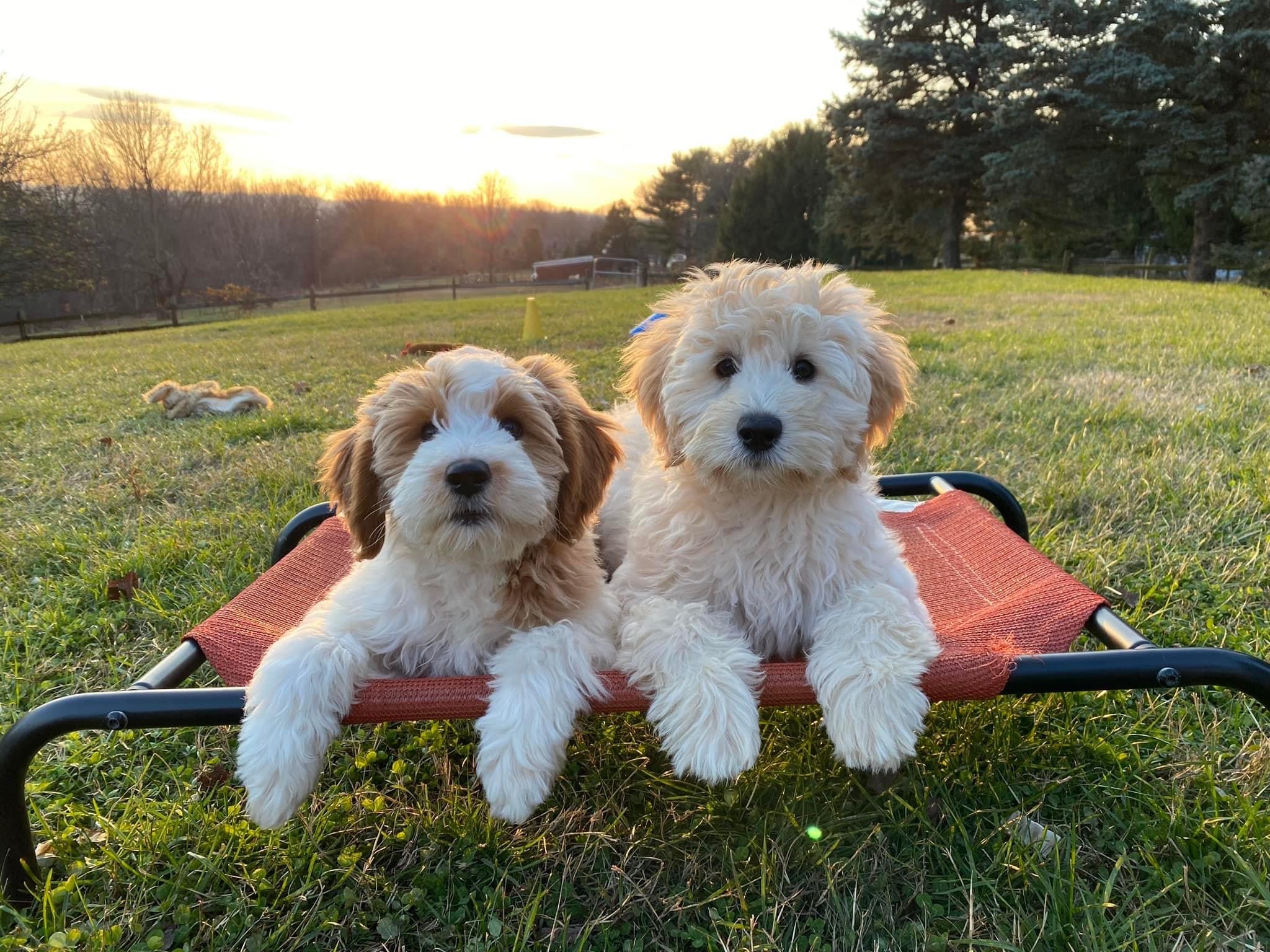
Checklist for Puppy-Proofing Outdoors
Of course, your puppy will also need some outside play time too. He will need a potty area, a play area, and areas to work on training. Even though these activities would mostly be supervised, the job is easier if the outdoors is puppy-proofed, too.
Here are the things you should remember when you puppy-proof outdoors:
- Make sure fencing and gates are secure
- Decks and stairs can present dangers of falling
- Pools can be a drowning hazard
- Lawn care products can be poisonous
- Certain bushes, trees, and flowers can be toxic
Secure Fencing
Even if you already have a fenced yard, you will need to inspect it for areas where your puppy can get underneath the lowest part. You may find spots that are not big enough to allow him passage, but with a little digging, he may be out before you know it. Also, be aware that he may stick his head through small spaces and get stuck. Ensure the gate latch is not easily jiggled loose.
Decks and Stairs
Most decks are elevated above the ground and can pose a falling risk. You may need to line the deck railing with chicken wire to remove access for your puppy to fall off the deck through the railing. Also, until your puppy is experienced and trustworthy with stairs, be sure to keep the gate closed or use a baby gate to avoid access.
Keep Access to Pools Off limits
Pools are great fun for puppies and dogs and when trained properly, can be great sources of fun times with kids and their dogs. However, dogs don’t automatically know how to get out of the pool once they have jumped in. You must teach him where to swim to find the stairs. It is quite easy for a dog to exhaust itself swimming endlessly around but not understanding the access to climbing out.
Lawn Care Chemicals
Having a wonderful green yard for the kids and dogs to romp and play upon is always a goal for parents of humans and fur babies. A lot goes into the care of a nice yard including fertilizers and weed control chemicals. You will need to check with the manufacturer about any chemicals spread upon your yard as most are not compatible with dogs or puppies playing and rolling in the grass.
Bushes, Trees, and Flowers
Just as with indoor houseplants, you will find things that grow outdoors can be toxic to dogs as well. Puppies especially will love to find sticks and leaves to carry around, chew upon, and many times, swallow. Do some research on the bushes and flowers you would like to plant to avoid the need to remove them to keep your Goldendoodle safe.
Giving Your Puppy the Safe Home They Deserve
Raising a puppy is no easy feat, but it is also very rewarding. Providing him with a safe environment to keep him from harm is critical while he is learning about his surroundings. For the most part, your guidance and encouragement will be a crucial part of his adjustment, and being there to redirect him to appropriate activities will help him learn what is acceptable even when you are not around for guidance as he grows into an adult dog.
Don’t forget that training your puppy is an important step that should not be forgotten during this process.
